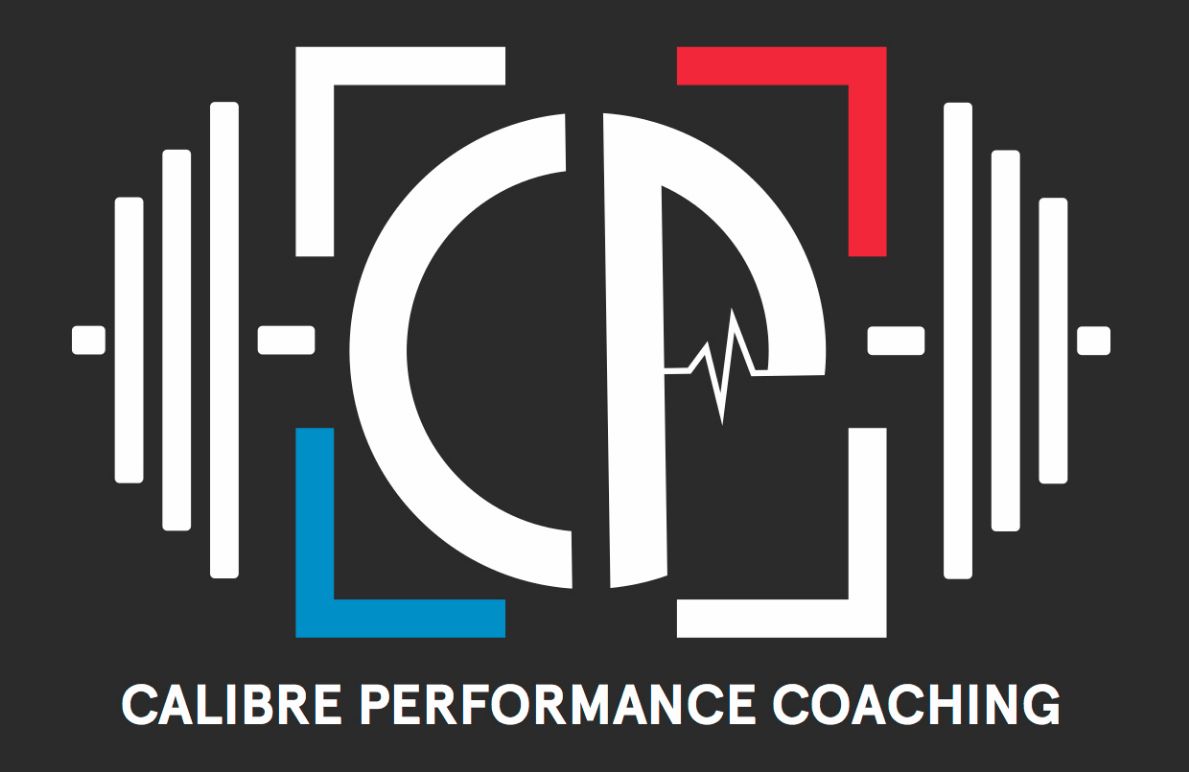Working Out vs Training
People often conflate “working out” with “training,” but understanding the difference is critical, not just for your immediate goals, but for your long-term progress and well-being.
Working out is a chaotic & unstructured approach to exercise. Hitting the treadmill for an hour, doing random exercises without a clear plan, or thrashing through a circuit designed more for sweat than for strategy are all examples of this. Whilst there are benefits to working out; it can improve your mood, alleviate stress, and contribute to overall cardiovascular health, the lack of direction can also lead to stagnation. You may feel spent after those gruelling sessions, but if there’s no structured progression or clear end goal, you will find yourself treading water and burning energy without moving forward. Poorly designed workouts yield poor long-term results. Intensity without purpose leads to burnout or injury.
Working out can provide immediate benefits, something is better than nothing sure, but structure is necessary for long-term progress. The essence of training is thoughtful progression, not just brute force. Anyone can make you sweat, anyone can make you sore, but not everyone can deliver quality coaching. Coaching delivered by a knowledgeable trainer, considers all aspects of your fitness & lifestyle while prioritizing your goals, safety, and overall well-being. Loads, volumes, modality and frequency should all be programmed specifically from supporting knowledge and experience, not just pulled out of a hat. A good coach adapts the programme based on how your body is responding, ensuring that every session builds on the last and uses key principles to get the very best results for you sustainably whilst minimising injury risk. There are times to train hard and times to train at lower intensity, there are times to go heavy and times to go light.
The bottom line, more isn’t always better, harder isn’t always better.

